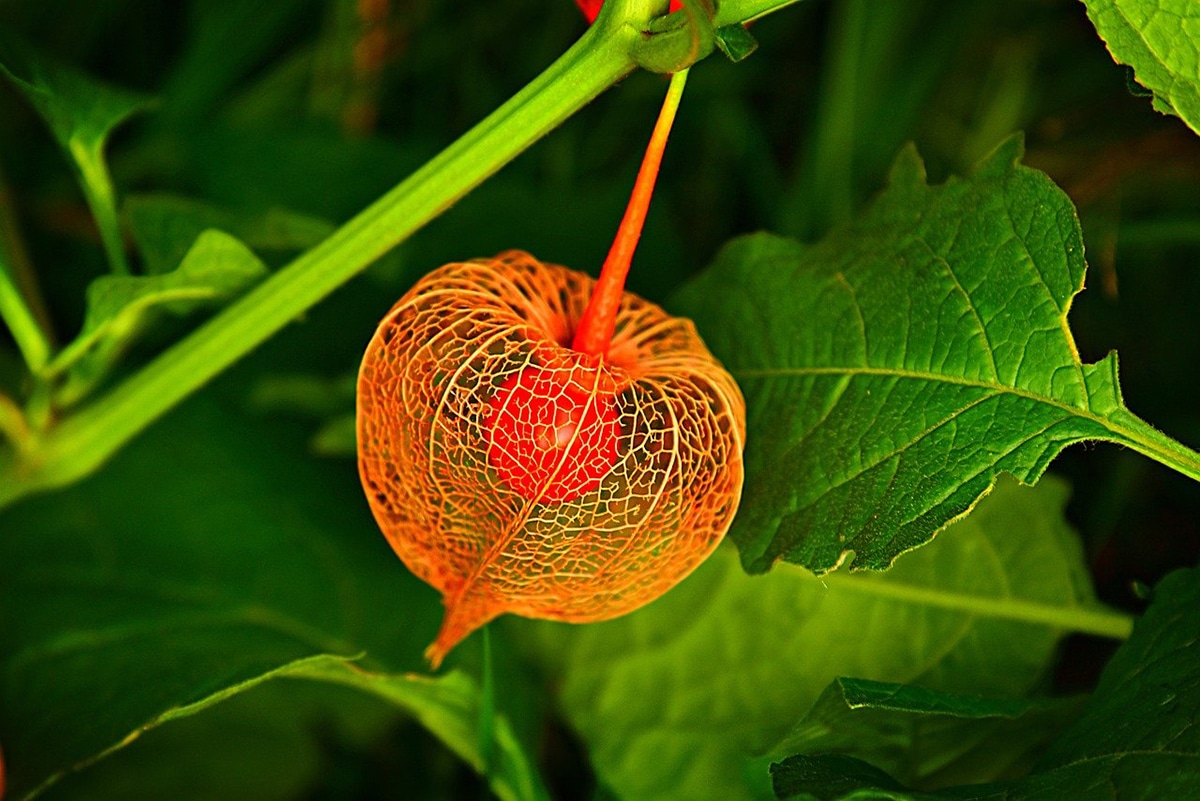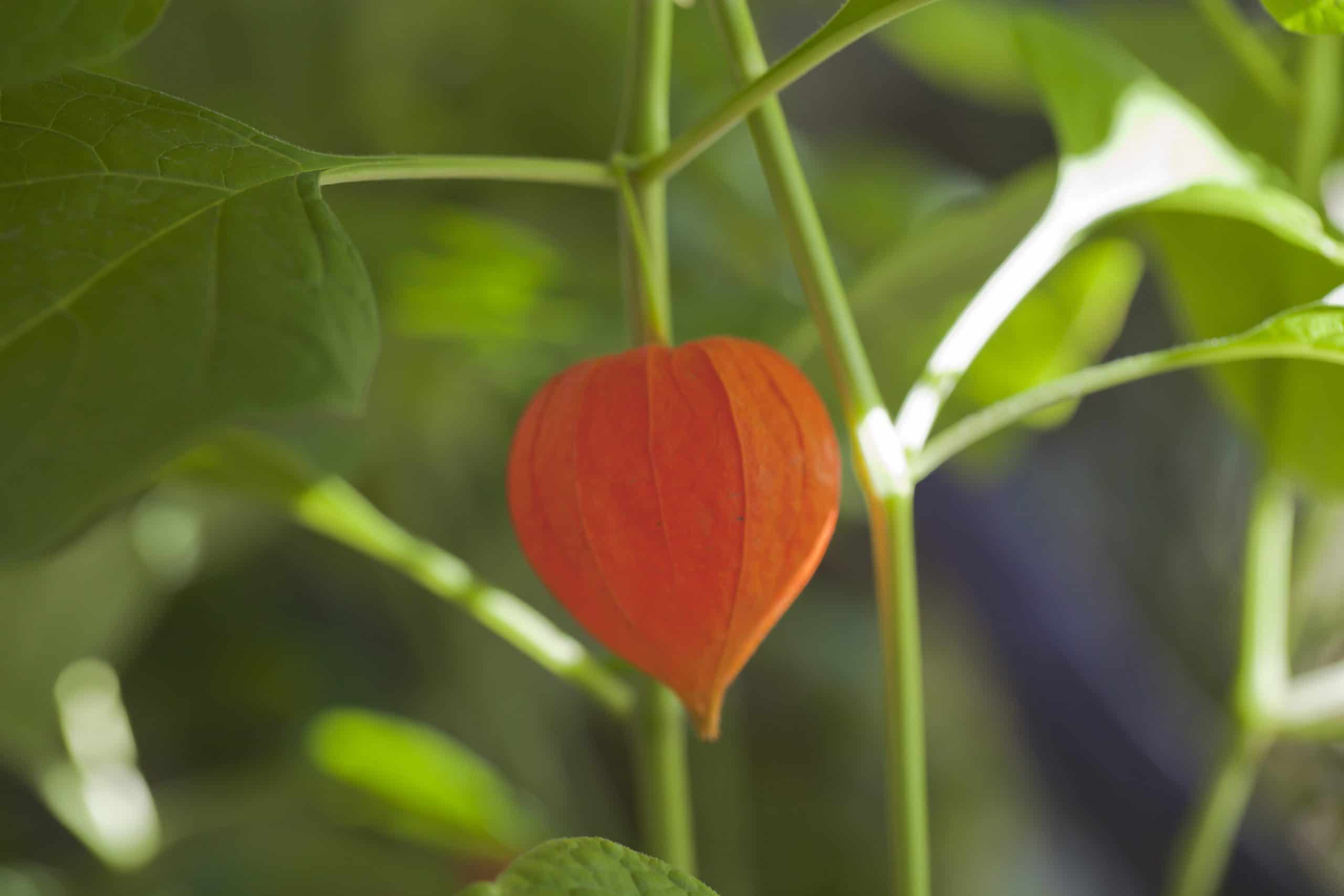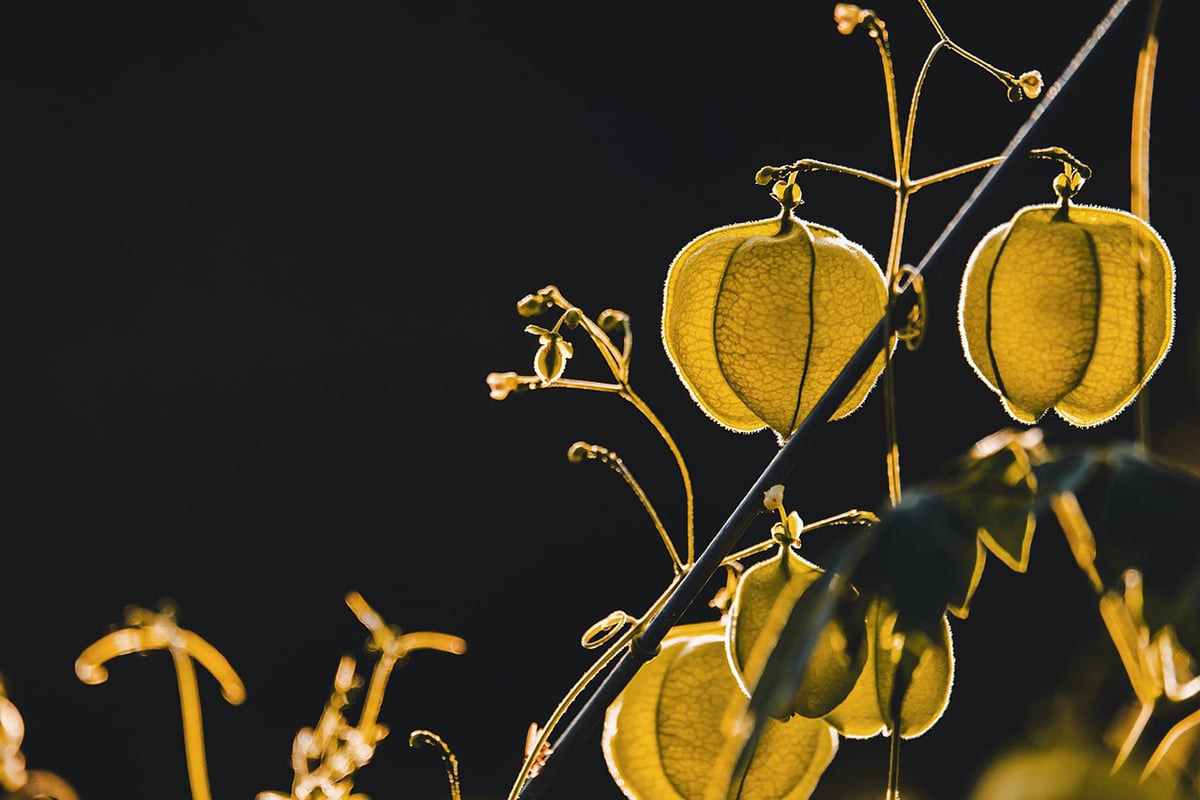
A very interesting topic to discuss is undoubtedly the cultivation of Physalis. This beautiful plant produces delicious fruits. Therefore, it is not surprising that more and more people decide to grow this shrub. It is a type of vegetable belonging to the Solanaceae family. It has some very similar traits to tobacco, tomatoes, and potatoes. Physalis comes from South America and was spread throughout Europe during the colonial period. But nevertheless, Today it is grown mainly in tropical climates in southern Spain and Latin America, but it can develop well also in hot, subtropical and temperate zones.
We are going to dedicate this article to the cultivation of Physalis. We will explain how and when to plant this vegetable step step and how to care for it later. If you are thinking of growing this plant and enjoying its fruits, read on.
Physalis cultivation step by step

Before starting the cultivation of Physalis, it is important to know the type of soil that this plant requires. Ideally, it should be made up of limestone sand and that its pH oscillates between 5,68 and 6,98. It should also have enough organic material. Let's now see the steps we must follow to grow Physalis:
- Reproduction: By means of large volume seeds from its ripe fruits and totally healthy plants.
- Seed removal: Once we have the ideal plant to reproduce, we remove the seeds and place them in a white container. They must go through a fermentation procedure that lasts between 20 to 70 hours. Then you have to rinse the seeds with water and drain them on absorbent paper and in the shade.
- Sowing: Once dry, we must pile the seeds for a week and then sow them in seed beds with sterilized soil.
- Transplant: After a month, the plants have to be transplanted into bags for thirty days. From there they are planted permanently in the field or in the garden.
When are Physalis planted?
The best times to grow Physalis can be two. If we plant this vegetable in seedbeds, the best time is at the end of winter. So we already advance the cultivation a little. On the contrary, if we want to sow Physalis directly in the ground, the best time is spring.
Regarding the seedbeds, we can make them ourselves very easily. Plastic cups or yogurt containers can be reused. We just need to make a few holes in the bottom of the container for drainage.
How long does it take for Physalis to bear fruit?
Physalis is a fast growing plant. In nothing more and nothing less than nine months it already gives its first harvest. Afterwards, production slows down and the vegetable gradually loses its properties, that is, the quality of the fruit. Therefore, it is best to keep the fruit inside the shell so that it is kept as long as possible, or at least as long as necessary.
How to care for a Physalis plant?
The propagation of Physalis is carried out regularly by sowing its seeds in late winter, ensuring that it is in an area sheltered from the cold. In those areas where the bush resists, we can even do the segmentation of the bush also at the end of winter. To do this, we must distance the plants one 35 centimeters from each other.
Regarding irrigation, This depends mainly on the type of climate. When it is colder and there is more humidity, you have to water this plant less frequently. On the other hand, if the climate is very dry and hot, it should be watered more continuously. The ideal climate for the cultivation of Physalis ranges between 12ºC and 17ºC. Regarding the annual rains, they must be between 1000 and 2000 millimeters. The ideal humidity for this plant is between 60% and 80%.

Because Physalis is a plant that is perfectly adapted to tropical and subtropical climates, requires a lot of sunlight. However, in those climates in which temperatures are very high, this plant needs semi-shade.
It should also be noted that Physalis it has to be paid every two months during the production season. Ideally, add 28 grams of nitrates. In the event that we want to sow using organic means, we have the option of fertilizing the plants with compost. Be that as it may, it is essential to do it every two months in the production season.
How is Physalis pruned?
In order for the Physalis to be able to stand, the plant must be pruned. All the branches that are dry and old must be removed. What's more, We must eliminate the leaves that appear sick and thus reduce the risk of the plant getting sick. It is advisable that these bushes have a few lines and supports to support themselves. In this way they will be able to maintain the weight when they are in production season. This aspect should not be underestimated, as excessive weight causes branches to collapse or break.
Another reason to prune Physalis It is the size that the fruits can reach, since it is determined by this task. In addition, by pruning we can optimize the distribution of this vegetable. As we remove the shoots formed at the base of the stem by pruning, we get the plant to reach 40 centimeters in height. In this way, we also make it possible to reduce innate humidity inside the crop.
Pests and diseases of the Physalis crop

The cultivation of Physalis can be affected by certain pests and diseases, the best known of the latter being the Alternaria. This is shown by tiny black spots that end up coming together causing necrosis of the leaf. As for pests, the most common are the following:
- The white fly
- The flea
If you like Physalis fruits, you no longer have an excuse not to plant them yourself. The satisfaction of consuming our own vegetables is immense.